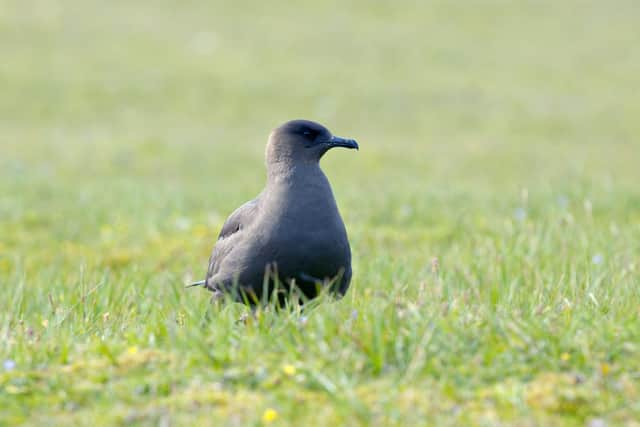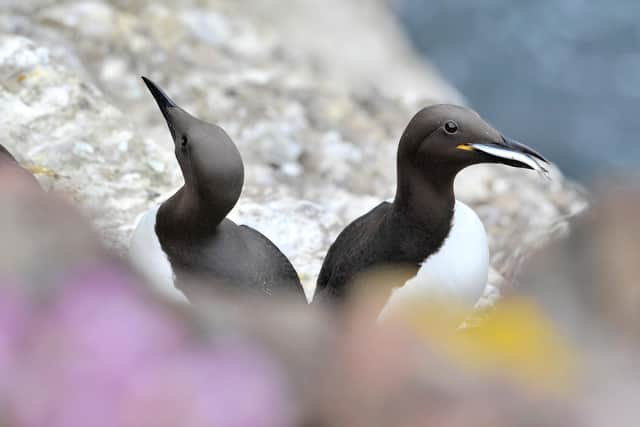Climate change blamed for Scotland seabird breeding numbers falling by almost 50%
The report produced by Scottish Government agency NatureScot also cited invasive non-native species as a key reason behind the decline.
Drawing on data from the UK seabird monitoring programme, which looked at breeding numbers for 11 species, numbers fell by 49 per cent between 1986 and the most recent estimate in 2019.
Advertisement
Hide AdAdvertisement
Hide AdArctic skua showed the largest decline at 81 per cent, with a lack of sandeel fish understood to be a factor.


Common tern numbers have also dropped sharply by 48 per cent.
However, guillemot numbers have increased by 17 per cent since 2016 and are at a similar level to the early 2000s.
Simon Foster, NatureScot’s trends and indicator analyst, said: “While there are some positive signs of stabilisation in some species, overall our internationally important breeding seabird populations are continuing to decline.


“We know that these declines are driven by factors including climate change, fisheries and invasive non-native species.
“The Scottish Government’s forthcoming Scottish Seabird Conservation Strategy will be a crucial step in shedding more light on the pressures and threats that our seabirds face and setting out action to help secure their future.”
NatureScot’s latest biodiversity indicator looked at 11 species of breeding seabirds.
The government agency said other species, including herring gulls, appeared to be stabilising, albeit at lower levels than the 1986 baseline year.
Advertisement
Hide AdAdvertisement
Hide AdPollutants and offshore renewables may also present some threats to seabirds, the report said.
The agency said work to develop the Scottish Seabird Conservation Strategd has provided information on the pressures and threats that Scotland’s seabirds faced.
Separate international research published in July had shown climate change was having a more severe effect on seabirds in Scotland and other parts of the northern hemisphere than elsewhere in the world.
The study of 67 seabird species across the globe, including kittiwakes, puffins and shags, show a downward spiral in the number of chicks raised by fish-eating seabirds in the north.
The fortunes of some of Scotland’s most iconic species – guillemots, razorbills, puffins, shags, black-legged kittiwakes and northern fulmar – had been charted using data collected over more than 30 years on the Isle of May, in the Firth of Forth.
The decline of native species is set to be among a lengthy host of topics debated around the COP26 climate conference to be held in Glasgow in November.
The Met Office revealed only this week that host city Glasgow had experienced its hottest summer on record.
Scotland also recorded the highest UK temperature in August – 27.2C recorded at Tyndrum, while the summer was uncharacteristically dry, with just 62 per cent of average rainfall.
Advertisement
Hide AdAdvertisement
Hide AdClimate activist Greta Thunberg declared on Tuesday that she did not believe Scotland was a world leader on climate change.
Scotland’s climate change legislation includes a target to reach net zero by 2045, which the Scottish Government has said is “world-leading”.
Comments
Want to join the conversation? Please or to comment on this article.
